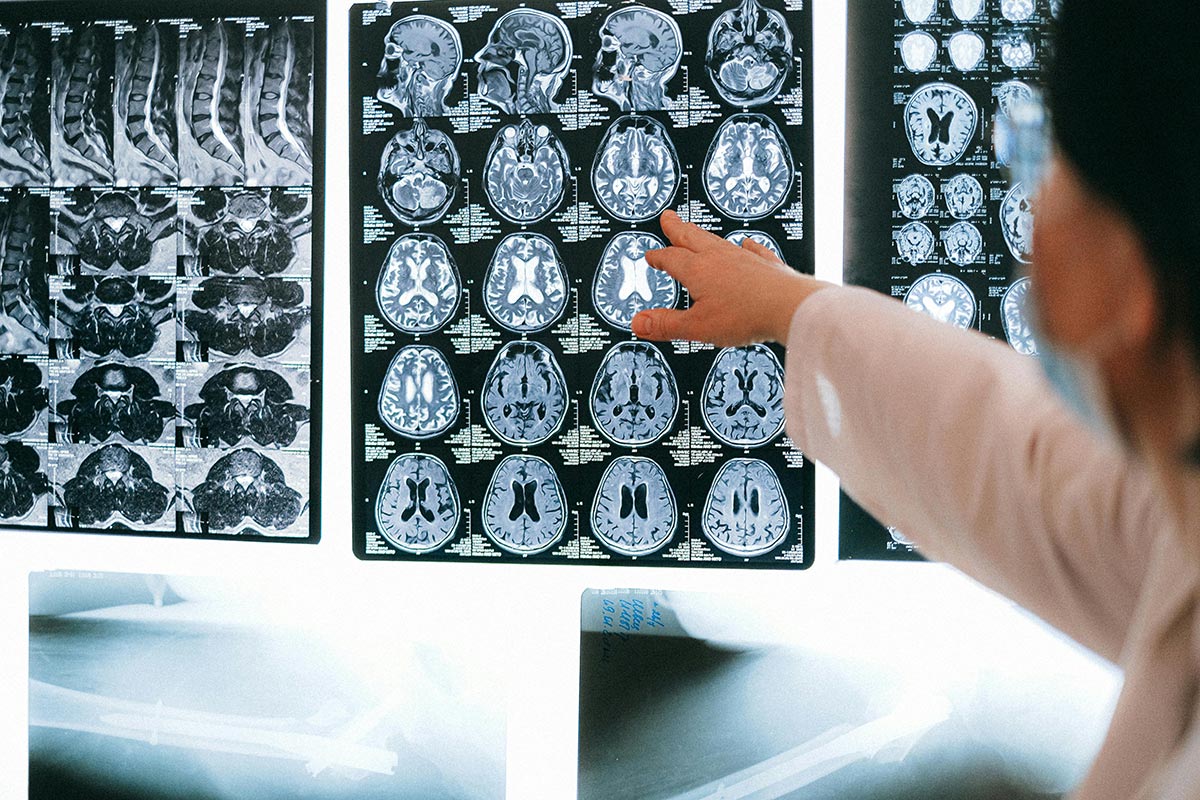
Alcohol and Its Effects
Understanding the effects of alcohol is crucial, especially when considering its potential toxicity and the signs of overdose.

Understanding Alcohol Toxicity
Alcohol toxicity refers to the harmful effects of alcohol on the body, resulting from excessive consumption. It is characterized by an increase in blood alcohol concentration (BAC), which can lead to various physical and cognitive impairments. The lethal dose (LD50) of alcohol for humans is not fixed but is generally higher than 2g/kg of body weight. This typically corresponds to blood ethanol concentrations greater than 300mg/dL.
Once a person's BAC reaches 0.40 percent or higher, the risk escalates significantly. At this level, there is a considerable chance of experiencing a coma or even death [2]. To put this into perspective, the average person might need to consume about 25 standard drinks to achieve a BAC of 0.40 percent.
Alcohol ConsumptionEstimated BAC Increase1 Standard Drink0.02%25 Standard Drinks0.40%
One standard drink typically contains around 14 grams of pure alcohol [2]. This information is essential for understanding how much alcohol can lead to dangerous levels in the bloodstream.
Signs of Alcohol Overdose
Recognizing the signs of alcohol overdose is vital for timely intervention. Symptoms may vary based on individual tolerance and the amount consumed but commonly include:
Awareness of these symptoms can aid in seeking immediate help when necessary. For anyone considering their relationship with alcohol, it's essential to understand these risks and signs. More information can be found in our article on how to redefine your relationship with alcohol.
Factors Affecting Alcohol Sensitivity
Understanding the sensitivity to alcohol is crucial when discussing its lethal limits. Gender and genetics play significant roles in how individuals metabolize alcohol, which can influence their risk of overdose.
Gender and Alcohol Metabolism
Research indicates that gender significantly affects alcohol metabolism. Women generally show higher toxicity at lower consumption levels compared to men. This difference is largely due to biological factors. For instance, women tend to have less alcohol dehydrogenase, an enzyme responsible for breaking down alcohol, compared to men. Men possess approximately 40% more alcohol dehydrogenase than women [3]. As a result of these physiological differences, alcohol remains in a woman's bloodstream longer, leading to increased sensitivity.
GenderAlcohol Dehydrogenase LevelSensitivity to AlcoholMenHigher (40% more)LowerWomenLowerHigher
Genetics and Alcohol Response
Genetics also plays a vital role in how individuals respond to alcohol. Personal metabolic rates can determine the amount of alcohol a person can consume before experiencing intoxicating effects. Those with a faster metabolic rate can process alcohol more efficiently, allowing them to drink greater quantities without feeling the effects as rapidly. Conversely, individuals with a slower metabolic rate are likely to feel more intoxicated from the same amount of alcohol. Factors influencing metabolic rate include biology, sex, and body weight.
Metabolic RateEffects on Alcohol SensitivityFastCan consume more alcohol without immediate effectsSlowFeels intoxicated quicker at lower levels of consumption
Understanding these factors is essential for preventing dangerous outcomes such as alcohol overdose. For more information on how to prevent alcohol-related emergencies, visit our section on alcohol overdose prevention.
Alcohol Consumption Guidelines
Understanding safe drinking practices and how to prevent overdose is crucial for maintaining health and safety. This section provides guidelines to help individuals make informed decisions about alcohol consumption.
Safe Drinking Practices
Safe drinking involves being mindful of how much alcohol one consumes and understanding the effects it can have on the body. Here are some essential practices to keep in mind:
BAC LevelEffects0.02%Impaired judgment, lowered inhibitions0.08%Legal limit for driving, impaired coordination0.20%Confusion, difficulty standing/walking0.40%Risk of coma or death
Alcohol Overdose Prevention
Preventing alcohol overdose is essential for safety. Here are some strategies:
By integrating these safe drinking practices and preventive measures, individuals can significantly reduce the risks associated with alcohol consumption and understand the critical question of how much alcohol can kill you?
Impact of Binge Drinking
Binge drinking poses significant risks to individuals and can lead to severe health complications, including alcohol poisoning. It is essential to understand what constitutes binge drinking and the serious consequences it can have.
Definition and Dangers
Binge drinking is defined as consuming a large quantity of alcohol in a short period, typically five or more drinks for men and four or more drinks for women in about two hours. This pattern of drinking rapidly increases the blood alcohol concentration (BAC) and can lead to dangerous situations.
The dangers associated with binge drinking include:
Generally, once BAC reaches 0.40 percent or higher, it is considered dangerous territory, with a risk of coma or death. The average person would need to consume about 25 standard drinks to achieve this BAC level, illustrating the extreme nature of binge drinking [2].
Recognizing Alcohol Poisoning Symptoms
Being aware of the symptoms of alcohol poisoning is crucial for timely intervention. Here are key signs to watch for:
Symptoms of Alcohol PoisoningDescriptionConfusionInability to stay awake or confusion about surroundings.VomitingPersistent vomiting can increase the risk of choking.SeizuresConvulsions may occur, leading to immediate danger.Slow BreathingBreathing fewer than eight times per minute is alarming.HypothermiaLow body temperature, leading to chilling or bluish skin.UnresponsivenessThe individual may not respond to being shaken or spoken to.
Additionally, one of the potential dangers of high alcohol levels is choking on vomit. Alcohol can disrupt brain signals that control automatic responses, such as the gag reflex, increasing the risk of choking and possibly resulting in death from asphyxiation if not addressed promptly.
Severe complications from alcohol poisoning can include breathing cessation, irregular heartbeat, seizures, hypothermia, and dangerously low blood sugar [6]. Awareness and understanding of these symptoms may help save lives during critical moments.
For further information on the effects of alcohol consumption, visit our sections on how much alcohol can kill you and resources for understanding addiction treatment options.
Risk Factors for Alcohol Overdose
Understanding the risk factors for alcohol overdose is essential for preventing dangerous situations. Two significant factors include high-intensity drinking and combining alcohol with medications.
High-Intensity Drinking
High-intensity drinking is a key contributor to alcohol poisoning. It often involves binge drinking, where males consume five or more drinks or females consume four or more drinks within two hours. This level of consumption can lead to a potentially fatal dose of alcohol, even if the person loses consciousness.
GenderBinge Drinking ThresholdMale5+ drinks in 2 hoursFemale4+ drinks in 2 hours
With such high levels of consumption, the body struggles to metabolize alcohol efficiently, significantly increasing the risk of alcohol overdose. It's crucial for individuals to be aware of their limits and recognize the signs of excessive drinking.
Combining Alcohol with Medications
Combining alcohol with certain medications can dangerously amplify the effects of both substances. This combination can intensify sedation and impairment, potentially leading to an overdose, even with moderate amounts of alcohol. Specific medications known to increase these risks include:
The synergistic effects of these substances can pose serious health threats. It is vital for individuals to consult healthcare professionals about the risks associated with combining these medications with alcohol.
By being informed about these risk factors, individuals can make safer choices regarding alcohol consumption and medication use, ultimately reducing the likelihood of overdosing. For more information on managing alcohol use, explore resources on how to redefine your relationship with alcohol.
Seeking Help for Alcohol Overdose
Recognizing the emergency signs of alcohol overdose is crucial for effective intervention. Understanding when immediate action is necessary can save lives.
Emergency Response
If someone is suspected of experiencing an alcohol overdose, the first step is to call emergency services immediately. Signs of an overdose can include slow breathing, vomiting, confusion, seizures, blue-tinged skin, and low body temperature [2]. It is vital not to leave the person alone, as they may be at risk of choking on vomit, which can lead to asphyxiation and death due to hindered brain signals controlling automatic responses, like the gag reflex.
While waiting for medical help, provide emergency responders with as much information as possible, including:
Information TypeDetailsType of AlcoholBeer, wine, spirits, etc.Amount ConsumedEstimate the volume consumed (in ounces or standard drinks).Time FrameHow long the drinking lasted.Other SubstancesAny drugs or medications taken, such as what is suboxone? or what is adderall?.Health BackgroundRelevant medical history or pre-existing conditions.
Acting swiftly and understanding the dangers can significantly increase the chances of recovery.
Support and Assistance
After an alcohol overdose incident, ongoing support is critical. It is essential for the individual to receive not only medical treatment but also emotional and psychological support. Various resources are available, from counseling and rehab programs to support groups such as Alcoholics Anonymous.
Educational resources on how to redefine your relationship with alcohol can provide insights for those looking to change their drinking habits. For further assistance, exploring what types of addiction treatment are available? may also be helpful. Professional support can help individuals navigate their recovery journey and minimize the risk of future incidents.
If you or someone you know is struggling with alcohol-related issues, seeking help is a crucial step toward recovery. Understanding the importance of timely intervention and emotional support can lead to healthier choices and ultimately save lives.
References
[2]:
[3]:
[4]:
[5]:
[6]:
.svg)





